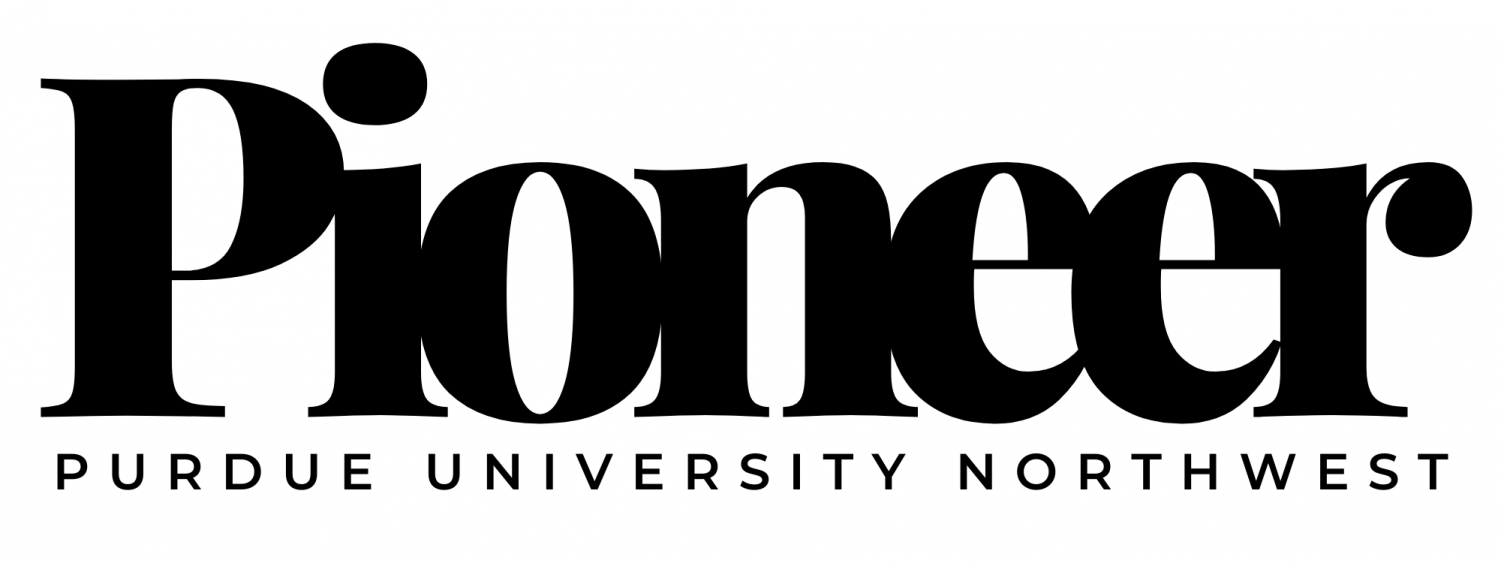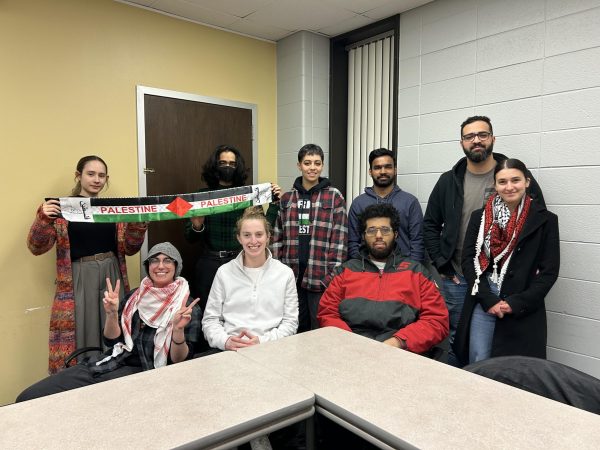Prof: Supply complications influence Black Friday plans
As Black Friday approaches, consumers overwhelmed by news that supply chain problems are making it hard for stores to get inventory wonder how stocked store shelves will be.
A PNW professor said they have reason to worry.
“A couple of components of the supply chain are really impacted from the pandemic,” said Russell Mulligan, professor of Operations Management and Business Analytics. “First … it is causing a burden on individual employees that are responsible for transporting material back and forth. Second, a lot of consumers are doing more online purchasing with the pandemic, which stressed the supply chain.”
The result is that it’s harder for many companies to get inventory in the volume and timeframe they expected before the pandemic.
The nation’s supply chain problems have received a lot of media attention. Dozens of freighters are anchored off the West Coast, waiting for overworked longshoremen to unload their cargo. The ports of Los Angeles and Long Beach – which serve as gateways for about 40% of seaborne shipments to the U.S. – recently started operating 24/7 to alleviate the backup.
“With the issues in LA ports, and just ports in general, we can’t unload containers quick enough and it’s causing a side effect of container availability and very short supply,” said Mulligan. “Suppliers want to globally move material and the cheapest form of transport globally is through waterways.”
Customers, department stores, and on-line retailers are not the only ones impacted by the backlog. Many students work in industries that have been impacted by the supply chain issues.
“We are having a major shortage in cars due to the chips that actually go into the cars,” said senior Myiam Erwin, who is studying Advertising. Erwin works as a sales consultant for Kia Auto Mall in Matteson.
The new-car shortage drove up the value of trade-ins and used cars.
“It’s causing a drastic shortage and many car lots are almost vacant,” she said. “Usually it’s completely full when the trucks come in. They have 15 new cars on them, and now it’s two or four coming in large trucks. It’s been like this since May.
“It’s a buyer’s market so we are able to buy a lot of cars, and we were giving top dollar for trades,” she said. “Now we have more trade-ins than newer cars.”
A lot of consumers are stuck waiting for their merchandise to be delivered.
“We have people complaining about waiting for online orders,” said Noelle Long, a junior Visual Communications major.
Long works at a Staples printing department.
“We do have a shortage on computer ink, office chairs and some school supplies,” she said. “We have been waiting for things to come maybe for a month. They usually come in every week. The ink for our large printers is backed up and [we] have a limited supply. We are waiting for it to come in.”
Despite supply chain problems, demand for products is high.
“Over the last one and half years, we have seen increased demand in specific industries, especially furniture, appliances and home improvement due to COVID and families spending more time at home, said Matthew Hanson, assistant professor of Marketing.”
But he said retailers continue their marketing efforts.
“We’ve actually seen two trends,” he said. “The first is to continue to push products in inventory, but halt all promotions for products that are delayed in delivery times. Second, some companies are offering incentives for deliveries at later date.”
Meanwhile Mulligan said the supply chain is trying to catch up with demand.
“In hopes of decreasing the lead time necessary to offload those containers, [shippers] have done other things … to get more volume,” he said. “They are looking at increasing the certifications they’re giving to over the road drivers to streamline that process.”
But ultimately, he said the supply chain problem cannot be solved overnight.
“That’s going to take some time,” he said.




